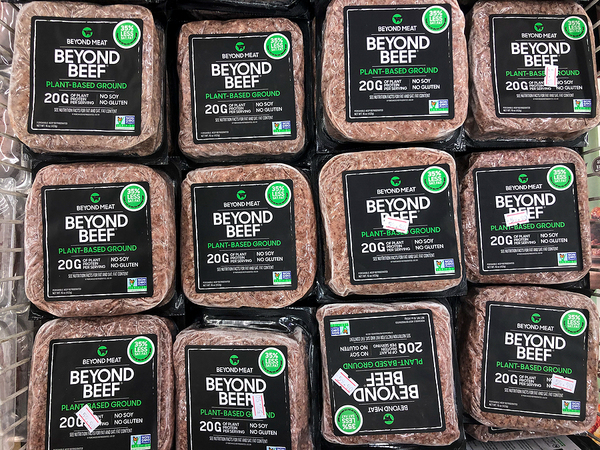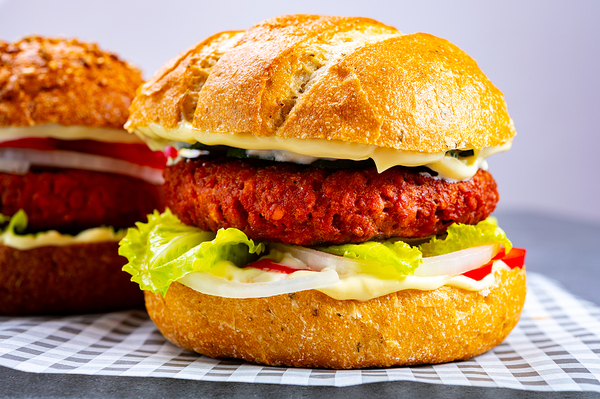
One of the fastest-growing CPG design trends is related to plant-based meat packaging. In the past year or so, more than 40% of Americans tried plant-based meat, and 60% say they’re going to keep on consuming it. The U.S. plant-based meat substitute is predicted to hit $4.15 billion in the next five years.
This means CPG design teams are paying close attention to how to create the packaging for these products. Should product packaging mirror their animal-based competitors? How “green” should plant-based brands go with their packaging? How can these CPG packaging teams come up with plant-based meat packaging that sets these veggie-centric brands apart?
Trends in Plant-Based Meat Packaging
As the plant-based “meat” economy begins to boom, companies are looking for new ways to market these packaged products. Companies like Beyond Meat are now adopting packaging systems that house a growing assortment of vegan food products. You’ll find beef-like crumbles, plant-based chick strips, and a veggie-burger that most say has the mouthfeel of the real thing—and is marketed alongside meat in the butcher’s case.
Interestingly, the National Cattlemen’s Beef Association researched CPG packaging for plant-based products, particularly brands that sought to compete with animal beef products. They found that phrases like “plant-based beef” actually confused customers who wondered what “even meatier” means when you’re about to consume a vegan product.
Creating Awareness Through Packaging
While packaging that is similar to traditional beef or meat products can create an awareness of plant-based meats, the research also showed, “plant-based meat brands that differentiate themselves with better packaging solutions can avoid confusion about product ingredients and environmental benefits while offering a more user-friendly experience.”
Flexible packaging can educate consumers on why these non-meat protein substitutes can help your health and the environment. Many of these packages are now digitally printed, with clear imagery and text that tells the discerning consumer what they’re about to consume.
Some plant-based meat packaging makes use of the Certified Plant Based food certification, to highlight their product’s commitment to a more sustainable food supply. This icon can be used across a product line, prominently displayed on the CPG packaging with environmental benefits that make the product more appealing to consumers.

In these instances, it’s a good idea for the plant-based meat packaging to remain “green;” recycled materials keep the brands consistent and environmentally conscious consumers happier. Flexible packaging, which many of these brands use, is both lightweight and offers a lowered carbon footprint over rigid packaging, according to Food Engineering Magazine.
Flexible CPG packaging can reduce transportation, food waste, and it seems to be the natural partner for many plant-based products these days. However, these plant-based competitors are still sorting out the best methods for packaging their products in a way that supports the consumer’s efforts to make better choices about their health.
PKG Brand Design is always on the forefront of new CPG branding and packaging initiatives; please subscribe to our blog for the latest package design industry news!







